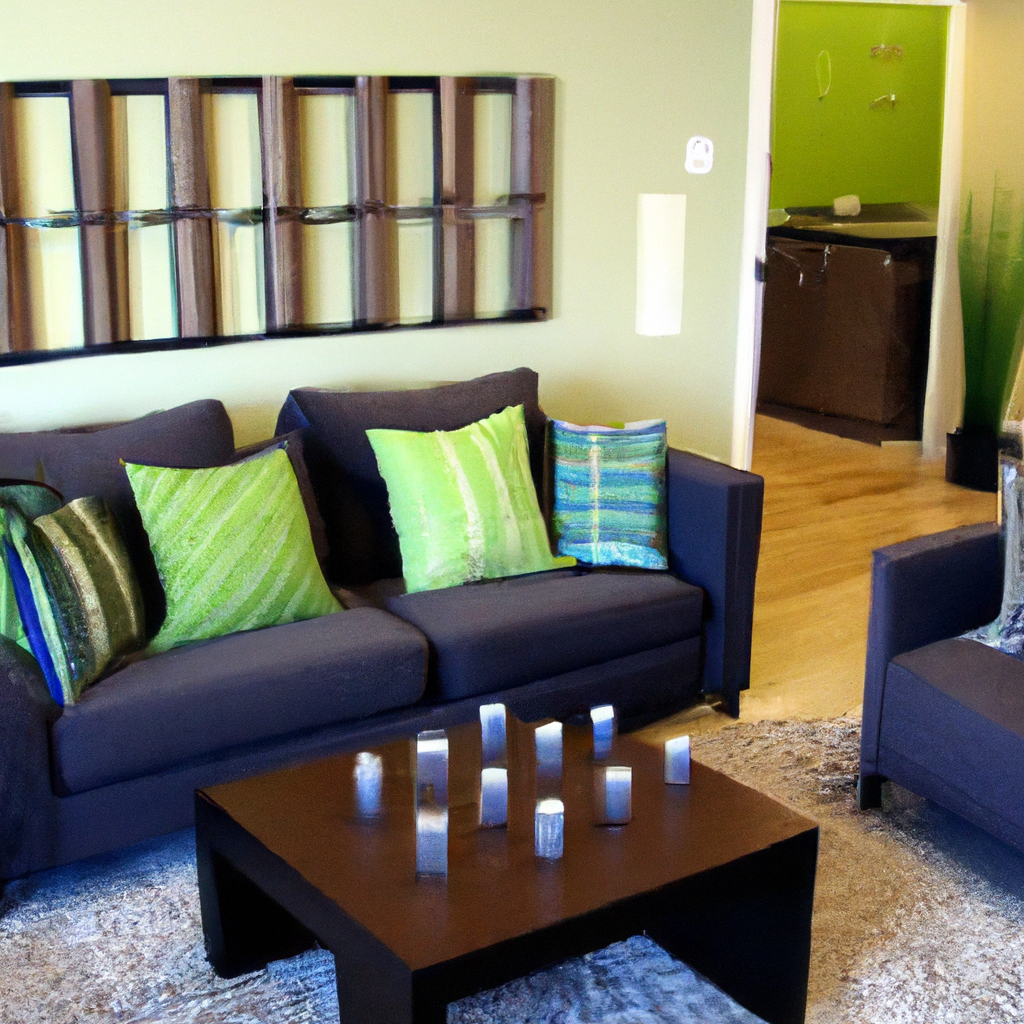
Seaweed: The New Eco-Friendly Couch Stuffing of the Future?
Let’s cover the main points:
Layman’s Terms Breakdown
- Commonly used foam rubber, like the material that gives your couch a comfy squish, is a major producer of CO2 – that earth-warming baddie.
- A quirky Norwegian company, Agoprene, has decided our couch-time pleasure need not cost the earth a hot flush.
- Seaweed becomes the surprise hero of our tale, potentially replacing foam rubber in furniture production.
- The proposal would cut CO2 emissions, clean up our coasts and not compromise on comfort. A triple threat situation, my friends.
- It’s still in research and development, so we ain’t lounging on lobophyte luxury just yet.
- This bold step could become the next ‘foam rubber revolution,’ barring any ‘sea’ny setbacks from our salty saviour.
What’s this Seaweed Shenanigans?
It seems like the love-seat saga starring our environmental nemesis, foam rubber, might be drawing to a close, replaced by a ‘greener’ co-star, the humble seaweed. This verdant variety of ocean cabbage is being explored for use in producing eco-friendlier couch stuffing by Agoprene – a bold, innovative Norwegian company never short of colourful, planet-friendly ideas.
Apparently, your beloved couch, the very epitome of relaxation, is an undercover eco-villain. Yep, the stuffing, foam rubber, produces a whole lot of CO2 emissions, playing a not-so-small role in our current climate drama. This is just one of those things that makes you sit, well, uncomfortably.
But fear not, couch potatoes. Agoprene is pulling all stops to ensure that your horizontal leisure won’t leave the ‘cathedral of nature,’ as Robert Louis Stevenson once called the earth, in a feverish bout of hot flashes. Their solution is abstract, but remarkably clever.
The Oceanic Recipe for Leisure
Believe it, people. Seaweed, the stuff of sushi and beauty masks, could just be the green thumb needed to tickle our homely comfort needs green. Not only does this have potential to curb foam rubber’s carbon capers, but it also offers a practical way of cleaning up excessive coastal seaweed. Over time, this could create significant positive impacts, ensuring that our future lounging activities are guilt-free.
What’s Catch?
Well, don’t rush to overhaul your living room yet. It’s a work in process. It ain’t easy to change an industry standard, even if it’s as casual as swapping rubber foam for emerald kelp in our preferred recliners. There’s a lot of testing, research and convincing to be done. But if successful, it could pave the way for eco-conscious production in many product lines.
The Next Frontier
If all goes well, seaweed could become the new norm in couch stuffing, marking a green revolution in the furniture industry akin to the foam rubber takeover of yesteryear. So, watch out furniture industry, a wave of change might just be cresting over the horizon.
Final Fizzles
Spinning this tale of unlikely couch-heroes got me thinking. We have come to a point where every bit of our lives needs to be reconsidered, even our lounge-time leisure. But it also shows a new trend. From biofuels to biodegradable plastics and now usable seaweed, it appears that nature holds numerous answers to our environmental dilemma.
If it all works out, the future of furniture could become a lot more sustainable, a lot more innovative and perhaps a tiny bit more ‘sea’-soned. But for now, I’ll keep my eyes on this Norwegian wizardry, ready to welcome the seaweed uprising when it comes. Until then, enjoy your comfy ‘foam’folly, but remember, we may soon be swapping our casual ‘rubber’ rendezvous for a salty ‘seaweed’ sitdown.